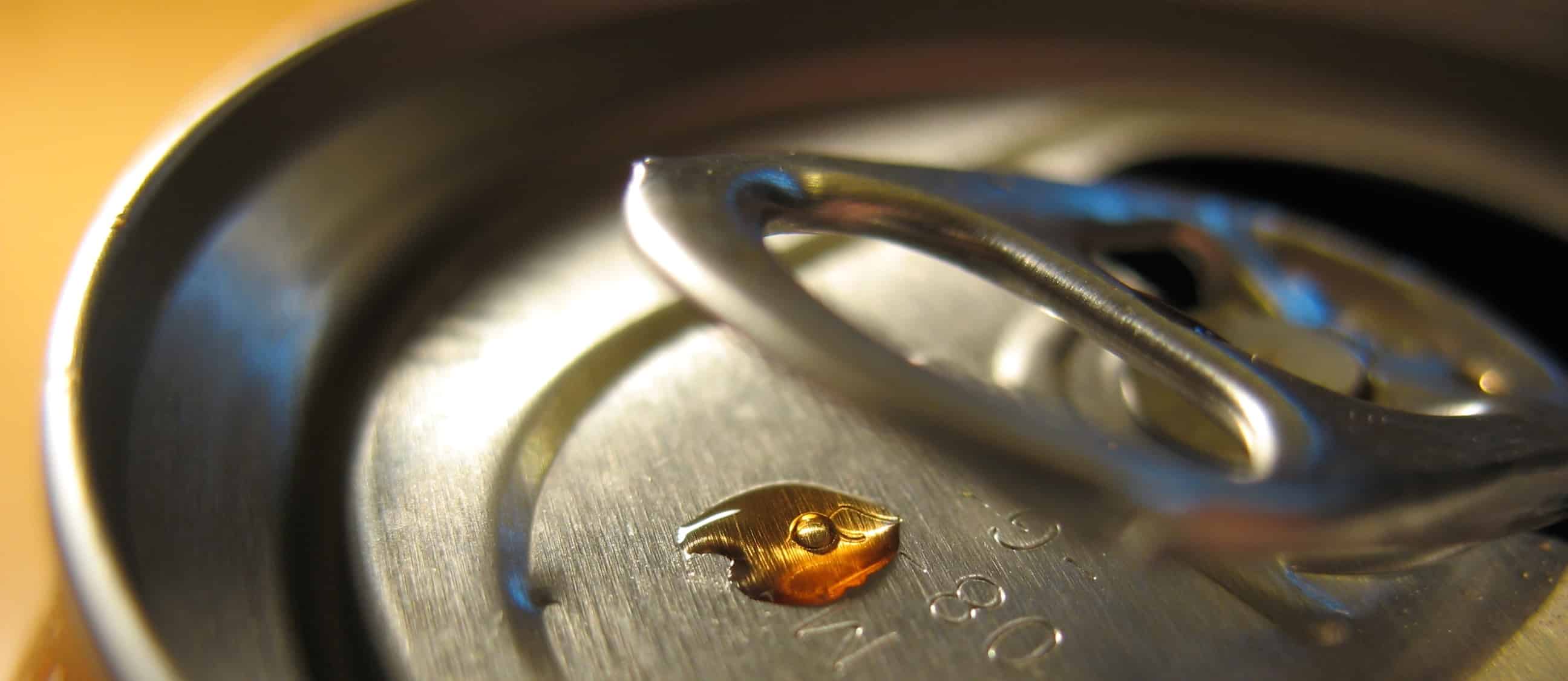In my video, Treating Kidney Failure Through Diet, I profiled research suggesting that the use of a plant-based diet for patients with kidney failure would be beneficial. An important function of our kidneys is to filter out excess phosphorus from our bloodstream, so a decline in kidney function can lead to the build-up of phosphorus in our bodies. This in turn can cause something called metastatic calcification, where our heart valves and muscles and other parts of the body can buildup mineral deposits, eventually potentially resulting in bad things like skin necrosis, gangrene, and amputations. Therefore, controlling dietary phosphorus intake is the lynchpin of successful prevention of metastatic calcification. While both plant foods and animal foods have phosphorus, our bodies seem better able to handle phosphorus excretion from plants, so a plant-based diet may help protect against this dreadful condition.
However, we’re beginning to realize that absorbing too much phosphorus isn’t good for anyone, even those with healthy kidneys. Having high levels in our blood has been found to be an independent predictor of heart attacks and mortality in the general population, increasing the risk not only of kidney failure, but also of heart failure, heart attacks, coronary death, and overall death. Dietary intake of phosphate is an important matter not just for persons with kidney disease, but for everybody. It’s thought to cause damage to blood vessels, to accelerate the aging process, and even, potentially, to hurt our bones by contributing to osteoporosis via a disruption of hormonal regulation. The estimated average requirement of phosphorus is less than 600 mg a day, but the estimated average intake in the United States is nearly twice that. How do we stay away from too much of the stuff?
In the video, Phosphate Additives in Meat Purge and Cola, we can see the different levels of phosphorus in different foods. It looks like many plant foods have as much phosphorus as many animal foods. So why are plant-based diets so effective in treating kidney failure patients? Because most of the phosphorus in plant foods is found in the form of phytic acid, which we can’t digest. Therefore, while plant and animal foods may have similar phosphate contents, the amount that is bioavailable differs. In plant foods, the bioavailability of phosphates is usually less than 50%, while the bioavailability of most animal products is up around 75%.
So when we adjust for how much actually gets into our system, plant foods are significantly better. It’s like the absorption of heme and non-heme iron: our bodies can protect themselves from absorbing too much plant-based iron, but can’t stop excess muscle and blood-based (heme) iron from animals slipping through the intestinal wall (see my video Risk Associated With Iron Supplements).
The worst kind of phosphorus is in the form of phosphate additives (which are absorbed nearly 100%) that are added, for example, to cola drinks. Why is phosphate added to cola? Without the added phosphate, so many glycotoxins would be produced that the beverage would turn pitch black (see my video on Glycotoxins). Thus, cola drinks owe their brown color to phosphate.
Phosphate additives play an especially important role in the meat industry, where they are used as preservatives for the same reason: to enhance a meat product’s color. Just like the dairy industry adds aluminum to cheese, the meat and poultry industries “enhance” their products by injecting them with phosphates. If one looks at meat industry trade journals and can get past all the macabre ads for “head dropping robots for the kill floor,” you’ll see all ad after ad for injection machines. Why? Because of “increased profitability.” Enhanced meats have better color and less “purge.”
Purge is a term used to describe the liquid that seeps from flesh as it ages. Many consumers find this unattractive, so the industry views phosphate injection as a win-win. When chicken is injected with phosphates, the “consumer benefits through the perception of enhanced quality,” and the processor benefits from increased yield because they just pump it up with water and they sell it by the pound. The problem is that it can boost phosphorus levels in meat nearly 70%, a “real and insidious danger” not only for kidney patients, but for us all.
Titanium dioxide is used to whiten processed foods (Titanium Dioxide & Inflammatory Bowel Disease). I’m amazed by the risks the food industry will take to alter food cosmetically (more on this in Artificial Food Colors and ADHD).
There are other harmful additives in soda as well (Is Sodium Benzoate Harmful? and Diet Soda and Preterm Birth).
What else is in poultry purge (chicken “juice”)? Find out in my video, Phosphate Additives in Chicken.
-Michael Greger, M.D.
PS: If you haven’t yet, you can subscribe to my videos for free by clicking here and watch my full 2012 – 2015 presentations Uprooting the Leading Causes of Death, More than an Apple a Day, From Table to Able, and Food as Medicine.
